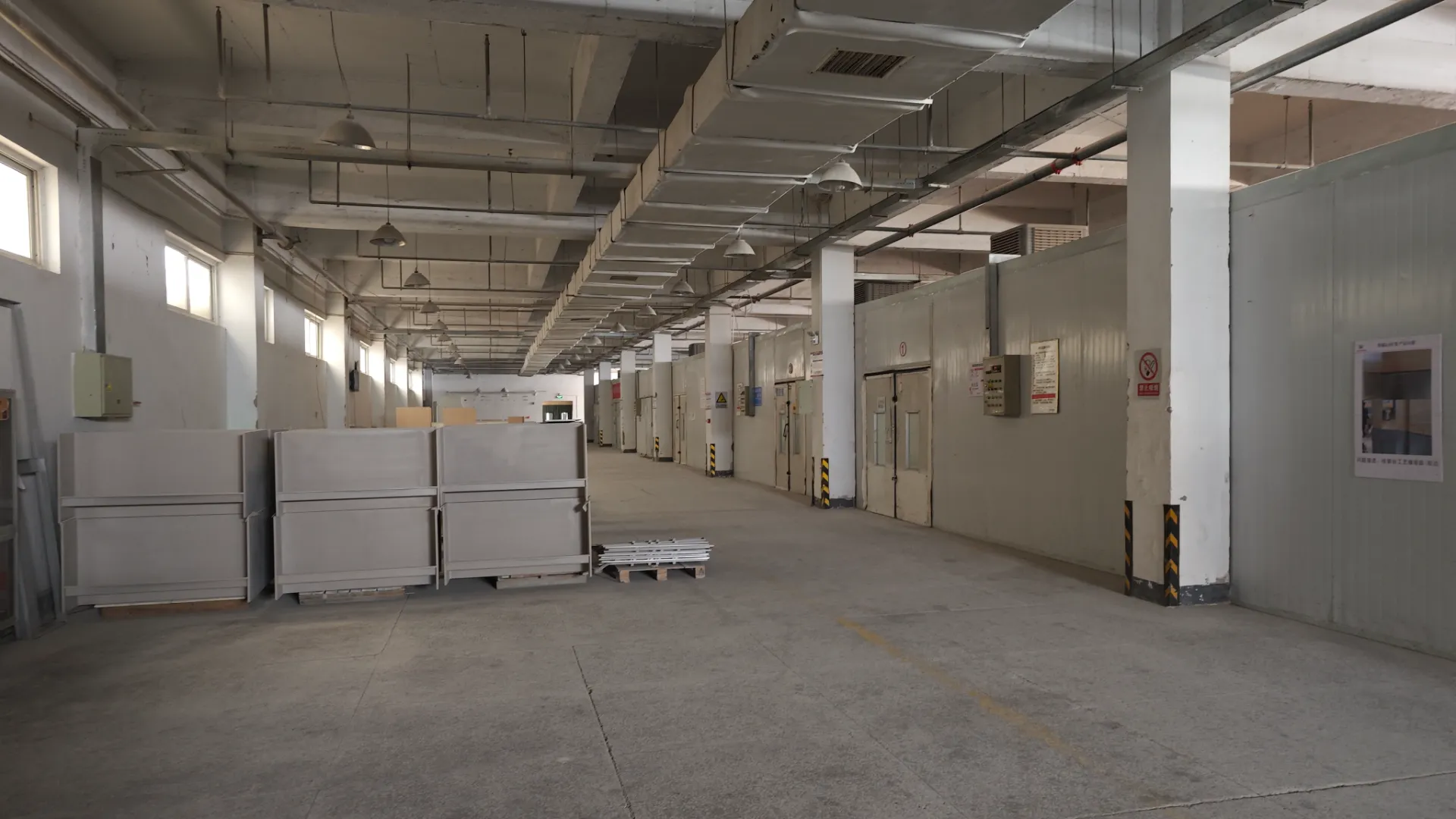វិច្ឆិកា . 28, 2024 13:31 Back to list
Creating Captivating Display Figures for Retail Environments
The Art of Mannequins Silent Salespeople in Fashion Retail
Mannequins have been an integral part of the retail landscape for centuries, serving as silent sales agents that showcase fashion to the public. These lifeless figures have transcended their functional roles to become works of art, culture, and social commentary. What started as simple wooden forms has evolved into highly designed models that reflect the trends, ideals, and diversity of society.
Historically, mannequins date back to the 15th century when tailors used them to display garments. It wasn't until the mid-19th century that the modern mannequin began to take shape. The introduction of the glass-and-wire figure made it possible to create more lifelike representations, which could capture the attention of passersby. As fashion evolved, so did mannequins. From the traditional, lifeless structures to dynamic poses and varied body shapes, mannequins now speak to consumers in more relatable ways.
In contemporary retail environments, mannequins are carefully curated to engage shoppers and create an inviting atmosphere. They are used to tell a story, often styled in elaborate outfits that reflect current trends or evoke a specific lifestyle. Retailers meticulously select the poses and facial expressions of their mannequins to evoke emotions and connect with the audience on a deeper level. For example, a mannequin dressed in vibrant summer attire, with a sunny disposition, can inspire feelings of joy and excitement, nudging consumers to consider purchasing the displayed clothing.
mannequins

However, the role of mannequins goes beyond aesthetic appeal
. In recent years, there has been a significant shift towards inclusivity and representation in the fashion industry. Retailers are now embracing a more diverse range of mannequins, featuring models of various body shapes, sizes, ethnicities, and ages. This change reflects a growing awareness of the importance of representation and the demand for apparel that caters to all consumers. By doing so, brands not only promote body positivity but also build stronger connections with their customer base, ultimately driving sales and loyalty.The digital age has also transformed the way we interact with mannequins. Augmented reality (AR) and virtual try-on technologies are revolutionizing the shopping experience. Consumers can now see how different outfits look on a variety of mannequin styles without leaving their homes. This innovation enhances the traditional role of mannequins, allowing them to extend beyond physical stores into digital realms and attract a more tech-savvy audience.
Despite the rise of online shopping, physical retail spaces still play a crucial role, and mannequins remain central to their success. They create an experience that is hard to replicate online. The tactile sensation of fabric, the atmosphere of the store, and the visual impact of well-styled displays together create a compelling narrative. Shoppers are still drawn to the sensory experience that comes from interacting with physical products, and mannequins are the storytellers that bridge the gap between fashion and consumers.
In conclusion, mannequins are not merely tools for displaying clothing; they are dynamic representatives of culture, inclusivity, and the evolving nature of fashion. Their silent presence in retail spaces encapsulates the spirit of the times, reflecting societal values and trends while enhancing the consumer experience. As we move forward, it will be fascinating to see how mannequins will continue to adapt, remain relevant, and inspire shoppers in the ever-changing landscape of fashion retail.
-
The Impact of Display Racks on Promoting Sustainable Product Consumption
NewsMay.14,2025
-
The Display Table Is A Catalyst For Sustainable Consumer Engagement
NewsMay.14,2025
-
Sustainable Modern Retail Store Fixtures
NewsMay.14,2025
-
Store Design Innovations for Enhanced Customer Experience and Sales
NewsMay.14,2025
-
How Shoe Shop Displays Influence Sustainable Footwear Choices
NewsMay.14,2025
-
How Display Counter Aids in Efficient Resource Management in Communities
NewsMay.14,2025


















































































































